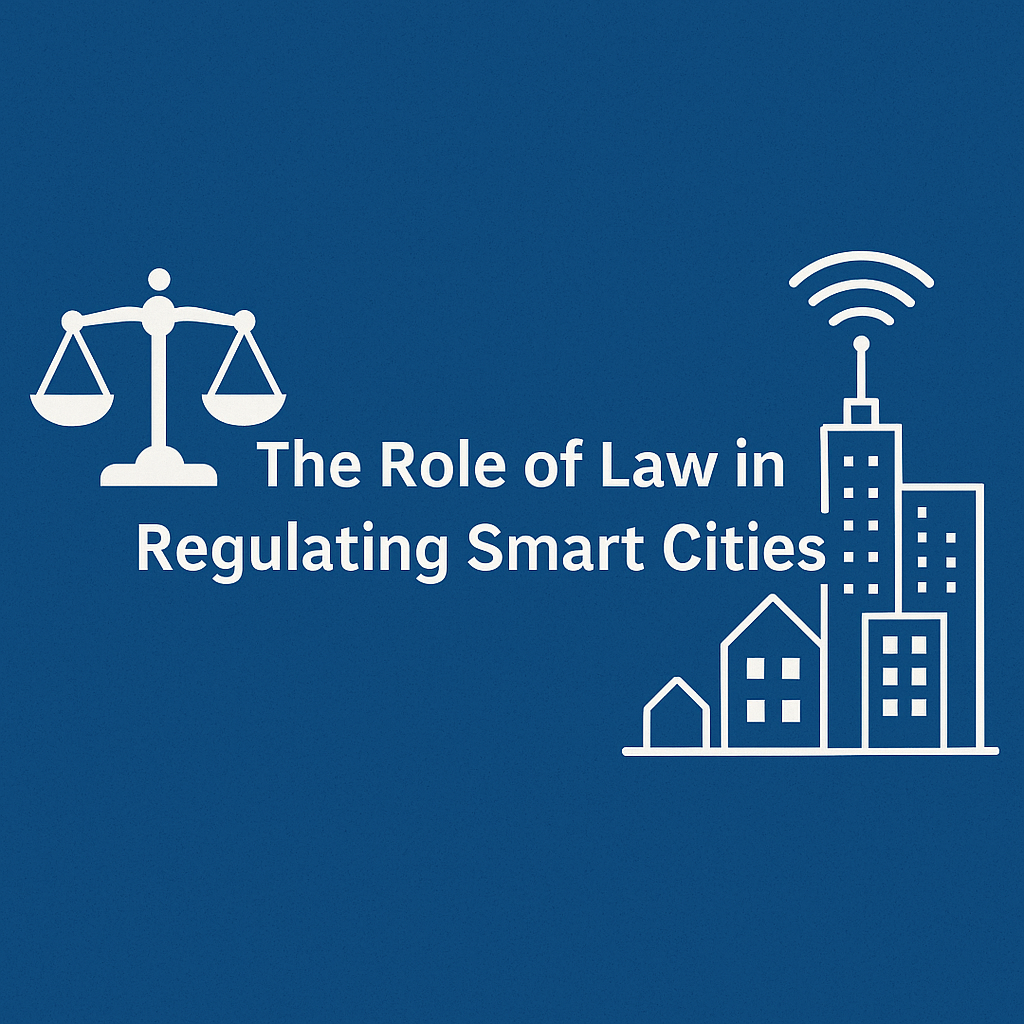The Universal Declaration of Human Rights holds a remarkable record – it’s the most translated document in history, now accessible in more than 500 languages. This achievement shows how international human rights resonate with people everywhere. The last several years have seen nine core human rights treaties emerge as vital instruments that protect basic freedoms around the world.
These human rights treaties, from the International Covenant on Civil and Political Rights to the Convention on the Rights of the Child, are the foundations of international human rights law. Each treaty serves a unique purpose – they work to end racial discrimination, safeguard women’s rights, and stop torture. Many people know these treaties exist, but few grasp their enforcement powers and how they apply to everyday life.
In this piece, we’ll look at the hidden aspects of these treaties and their enforcement mechanisms. You’ll also learn how to utilize these agreements to protect and promote human rights across different situations.
The Overlooked Enforcement Powers of Human Rights Treaties
Human rights treaties pack powerful enforcement tools that turn lofty principles into real protections. These tools give you direct access to international justice when your country’s legal system falls short.
Individual Complaint Mechanisms: Your Direct Line to International Justice
The treaty system lets you take your case straight to international justice through four key bodies: the Human Rights Committee, the Committee on the Elimination of Discrimination Against Women, the Committee Against Torture, and the Committee on the Elimination of Racial Discrimination. Regular citizens can submit claims against countries that signed these treaties and accepted the committee’s authority. A real success story shows how the Human Rights Committee helped an Argentinian victim receive approximately $53,000 in compensation. These personal complaints make human rights treaties work in real life and turn international standards into actual results.
Special Rapporteurs: The Treaty System's Investigators
The UN Human Rights Council picks independent experts called Special Rapporteurs to look into human rights from different angles or specific countries. Right now, as of November 2024, we have 46 thematic and 14 country mandates. These experts work without pay to visit countries, handle individual cases, build international standards, and speak up for human rights. Their work provides valuable insights for UN programs and supports advocacy work. They also shine a spotlight on human rights issues through media statements and detailed reports.
General Comments: How Treaties Expand Their Reach Over Time
Treaty bodies explain what treaty provisions mean through “general comments” or “general recommendations.” While not legally binding, these documents shape how we understand human rights today. The Human Rights Committee has released 37 general comments as of September 2021. These comments explain key provisions, show how to put them into practice, and tackle broader issues. They help treaties grow way beyond their original scope, and sometimes committees even advance international law beyond the original treaties.
Emergency Procedures for Urgent Human Rights Violations
Treaty bodies jump into action quickly when urgent situations arise. The Committee on the Elimination of Racial Discrimination uses early warning and urgent action procedures to stop potential ethnic conflicts. Several treaties also let committees start investigations when they learn about serious or widespread violations. These quick-response tools help prevent lasting damage to people facing human rights abuse.
Beyond State Obligations: How Treaties Protect Individuals
International human rights treaties do more than just make states follow rules. These treaties give you practical tools to seek justice through different channels.
When Domestic Courts Apply International Human Rights Law
Domestic courts play a vital role in enforcing international human rights law. Legal systems of all types handle international law differently. Monist systems automatically make international law part of their domestic law and resolve conflicts by favoring international norms. Dualist systems keep international and domestic law separate, so they need specific legislation to incorporate international rules. Universal jurisdiction lets courts hear cases whatever the location of violations, which extends protection beyond national borders. This idea started with criminal cases but now applies to civil cases, especially in the United States. The U.S. Supreme Court has consistently stated that “international law is part of our law, and must be found out and administered by the courts”. Courts now use international human rights standards more often to interpret constitutional provisions and build national case law.
Using Treaty Arguments in Asylum and Immigration Cases
The refugee protection system stands as one of the most commonly applied parts of international law in courts worldwide. The 1951 Refugee Convention, which 148 states have ratified, defines refugees and their legal protections. These protections include non-refoulement, which stops refugees from being sent back to dangerous countries, and freedom from penalties if they enter illegally. You can use these treaty protections during immigration proceedings. U.S. asylum cases usually start when a noncitizen files an application with USCIS or during removal proceedings. The United Nations High Commissioner for Refugees (UNHCR) helps shape how courts interpret refugee law by submitting expert opinions.
How NGOs Leverage Treaty Provisions for Advocacy
Civil society groups drive treaty implementation through monitoring, promotion, and follow-up. NGOs utilize treaty systems by sending shadow reports during state reviews and giving committees specific details about human rights violations. These reports help committees evaluate countries better and suggest targeted improvements. NGOs track countries up for review, spot key issues, and submit reports that connect state duties to economic, social, and cultural rights. On top of that, they attend review sessions and share updates on social media. Treaty body recommendations put pressure on states to maintain their reputation. These recommendations become authoritative guidelines for interpreting conventions when repeated systematically.
The Hidden Influence of Optional Protocols in International Covenants
Optional Protocols are powerful legal tools that by a lot boost the scope and effect of international human rights treaties. These protocols need separate ratification, which lets states take on more responsibilities beyond their first commitments.
ICCPR's First Optional Protocol: Individual Complaints Mechanism
The First Optional Protocol to the International Covenant on Civil and Political Rights became active on March 23, 1976. This protocol created the first treaty-based system for individual complaints. People can now submit written communications directly to the Human Rights Committee if they believe their ICCPR rights were violated. The complaint becomes valid only after people have tried all local legal options. The state must also have approved both the ICCPR and its Protocol. The Human Rights Committee makes states protect complainants from any payback. This protection comes from the committee’s recognized authority.
CEDAW's Optional Protocol: Expanding Women's Rights Protection
The Optional Protocol to the Convention on the Elimination of All Forms of Discrimination against Women has earned approval from 114 states since its adoption on December 10, 1999. This protocol created two key procedures. Women can file complaints directly with the CEDAW Committee. The committee can also investigate serious or widespread violations. The protocol stands out because it doesn’t allow any reservations. States must apply all its provisions fully. Article 5 lets the Committee ask for quick temporary measures to shield possible victims from permanent harm before final decisions.
CRC Optional Protocols: Enhanced Protection for Children
The Convention on the Rights of the Child has three Optional Protocols that deal with specific risks to children. Two protocols from May 25, 2000 shield children from armed conflict, sale, prostitution, and pornography. A third protocol from 2011 made it possible for children to bring complaints directly to the Committee when their rights suffer violation. Children can file complaints alone or in groups through this child-friendly process. This makes international human rights law more available to children.
Practical Ways to Use International Human Rights Law in Daily Life
International human rights law provides practical tools that people and organizations can use in their daily work. These tools transform complex legal concepts into ground protection mechanisms.
Citing Treaty Provisions in Legal Proceedings
Legal practitioners blend international human rights law into domestic cases by following proper citation methods. The Bluebook Rule 21 requires citations to international treaties to include the agreement’s name, parties, subdivisions, signing date, and source location. Citations for bilateral treaties with the United States should follow this order: U.S.T., T.I.A.S., U.N.T.S., and Senate Treaty Documents. U.S. courts must interpret domestic statutes in line with international obligations whenever possible.
Using Treaty Body Recommendations for Policy Change
Treaty body recommendations serve as powerful platforms for national advocacy. These recommendations put reputational pressure on states and create authoritative jurisprudence through systematic repetition. Civil society organizations use these recommendations to build advocacy campaigns, create strategic collaborations, and develop action plans. The conclusions also provide valuable input for other forums like the Universal Periodic Review.
How to Submit Information to Treaty Monitoring Bodies
People who face rights violations can submit complaints directly to treaty monitoring bodies. The process needs identification of violated rights and exhaustion of domestic remedies before submission. Complainants should file promptly after completing domestic remedies. The committee reviews admissibility before examining merits and may request “interim measures” to prevent irreparable harm.
Shadow Reports: How Civil Society Can Influence Treaty Implementation
Shadow reports let NGOs present different views on government compliance with treaty obligations. These reports spotlight violations or issues missing from official state reports. Collaborative work improves report quality – larger NGOs add international credibility while local organizations provide strong ground evidence. Civil society organizations monitor countries scheduled for review, identify key issues, and submit reports that connect state obligations to specific rights. These reports are a great way to get records of human rights violations from vulnerable populations’ views.
Conclusion
Human rights treaties pack more punch than simple diplomatic agreements. This piece shows how these treaties protect people through different enforcement tools. Individual complaint procedures and special rapporteurs break down violations to ensure compliance.
Local courts serve as the first line of defense for human rights. Optional protocols boost treaty protections by a lot. These protocols give people direct access to international justice when their country’s legal system falls short.
International human rights law shapes our everyday lives in many ways. Lawyers can use treaty provisions to strengthen their court cases. Civil society groups submit shadow reports that drive policy changes. These tools turn abstract legal concepts into real protection for people around the world.
Knowledge about these hidden powers of human rights treaties gives you vital tools to protect basic freedoms. Global challenges continue to emerge, and these international legal frameworks protect human dignity and justice. Their power to work depends on government action and citizen involvement through various tools we covered.








1 Comment
Fugiat labore maiores labore assumenda et. perspiciatis quam rerum ab voluptates inventore. iste ipsam nihil aut. Odio qui aut nemo laboriosam. Quos assumenda voluptatum Quia et libero reiciendis Hic enim sint laudantium earum Quaerat veniam ut dicta aut et. voluptates qui voluptas vitae. Sunt voluptas molestias autem quas. Earum eius atque non illum dolor quia. Qui dolor cum omnis sed quo aut. Eligendi ipsam reiciendis voluptas exercitationem.